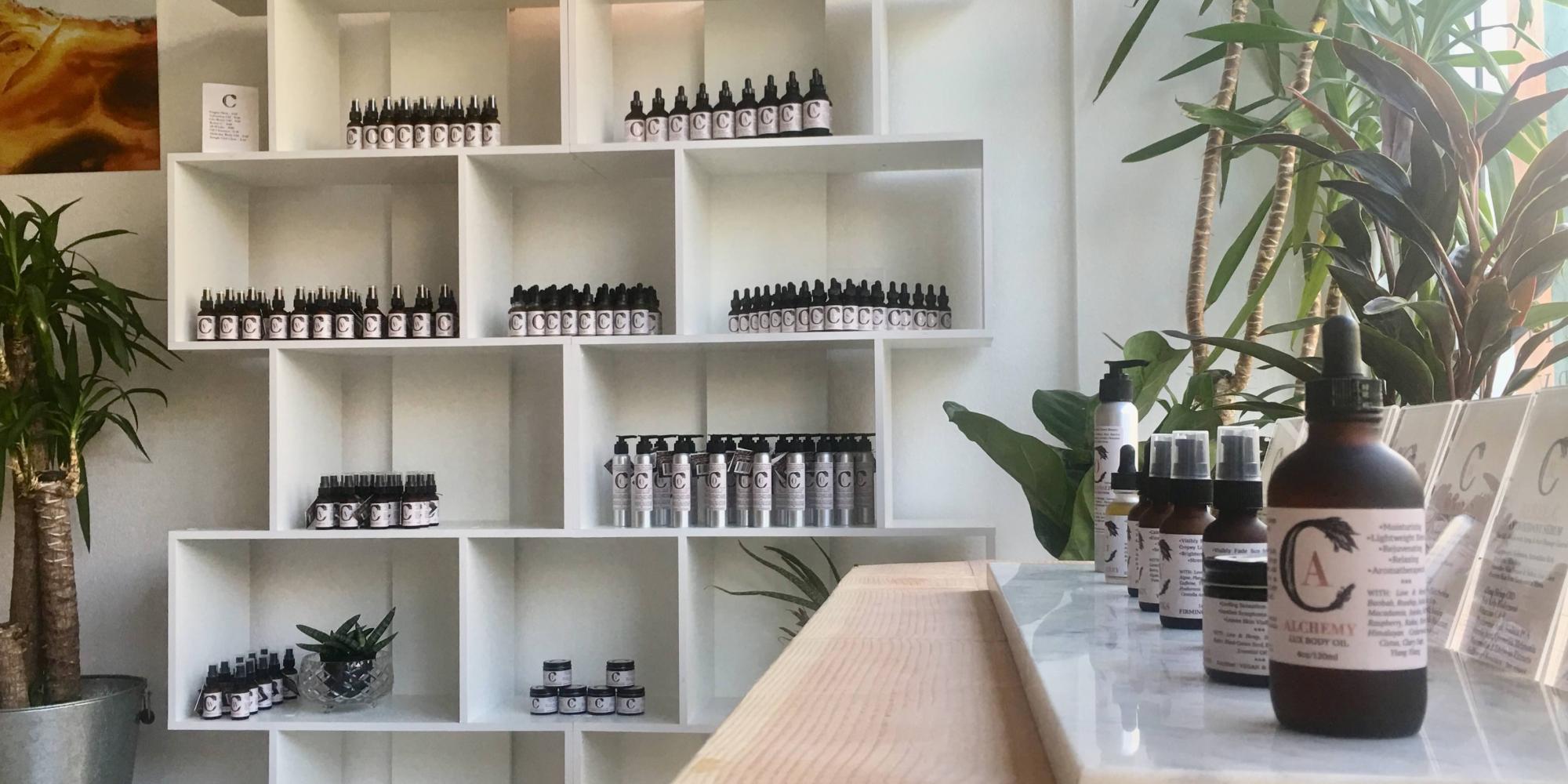
Crave Skincare Changes Its Name To Code Of Harmony And Opens A Skin Studio
Crave Skincare, a CBD pioneer in the indie beauty segment, is separating itself from the trend-driven crowds with a new name and storefront.
The brand has become Code of Harmony and is set to open an 850-square foot physical location in Long Beach, Calif., on Thursday. While cannabidiol or CBD, a non-psychoactive constituent of cannabis, remains central to Code of Harmony and its eight products, the changes emphasize it’s not the entirety of the brand.
“I try to create products with ingredients that are harmonious with each other and with the skin,” says founder Janet Schriever. “As a clean beauty brand, I feel the conversation needs to get a little more mature. I feel like there’s been finger wagging. We don’t use this or that, but we aren’t talking very much about why we use certain things on the skin. In my products, everything offers something to the skin. I don’t like to have ingredients that have to be in there for the formula other than the preservatives. I stand against fillers.”
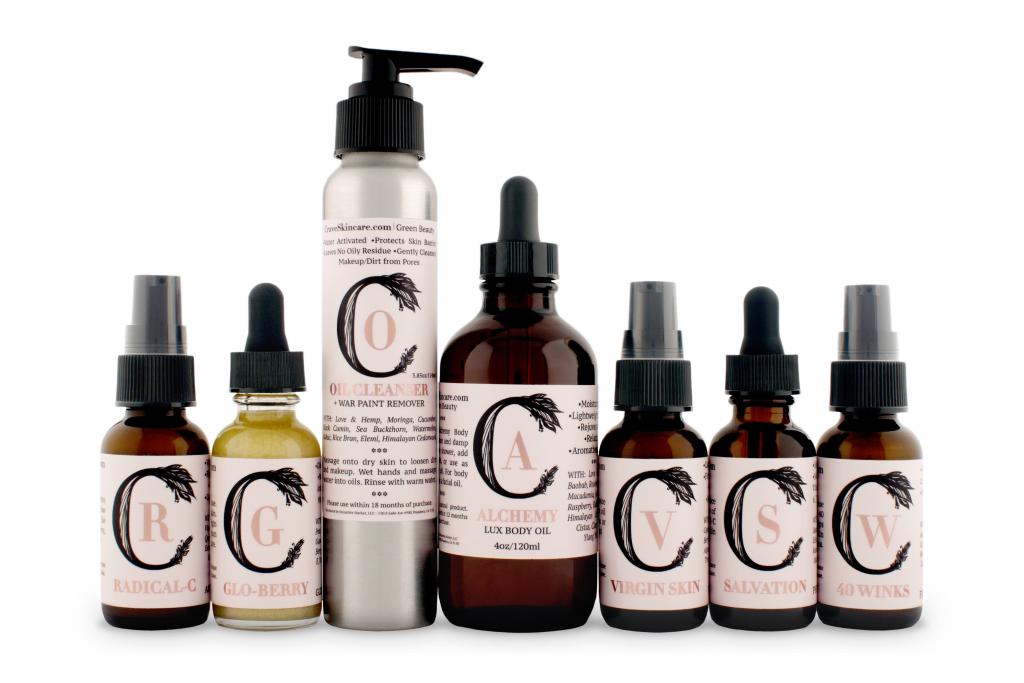
Schriever had been thinking about dispensing with the name Crave Skincare for many months, and pulled the trigger when she started to see the word “crave” and plays on it proliferate. Case in point, KraveBeauty, a brand from South Korean influencer Liah Yoo using hemp, launched in 2017, a year after Crave Skincare hit the market. Schriever decided it was prudent to switch the name before Code of Harmony makes an expected retail push. Today, the brand is found in around 20 shops, salons and spas, and its direct-to-consumer business contributes the majority of its sales.
“I feel like this is a much better fit, and it gives me more to talk about,” says Schriever. “Crave doesn’t give the consumer a feeling that the brand has a luxury product with great ingredients.” The name of the brand is different, but the formulas and the look of its products have stayed the same. A “C” with plant-like embellishment is prominent on blush labels.
“People can come in and try the product, have a conversation about what’s happening to their skin when they use it, and what their worries are. There’s so much conflicting information online about CBD that consumers are really confused. This will be a good opportunity for me to do some educating on CBD.”
Schriever will have plenty to talk about at the Code of Harmony Skin Lab, a spa-cum-store where she will perform services, sell products and supply ingredients for DIY skincare tinkering. A licensed aesthetician, she’s crafted a spa menu that includes the 30-minute Harmony Lift and Go featuring double cleansing, exfoliation with an electrical modality, facial cupping and Gua Sha application for $45. Longer 90-minute facials are $130, and a micro-channeling treatment is $250.
“People can come in and try the product, have a conversation about what’s happening to their skin when they use it, and what their worries are. There’s so much conflicting information online about CBD that consumers are really confused,” says Schriever. “This will be a good opportunity for me to do some educating on CBD.”
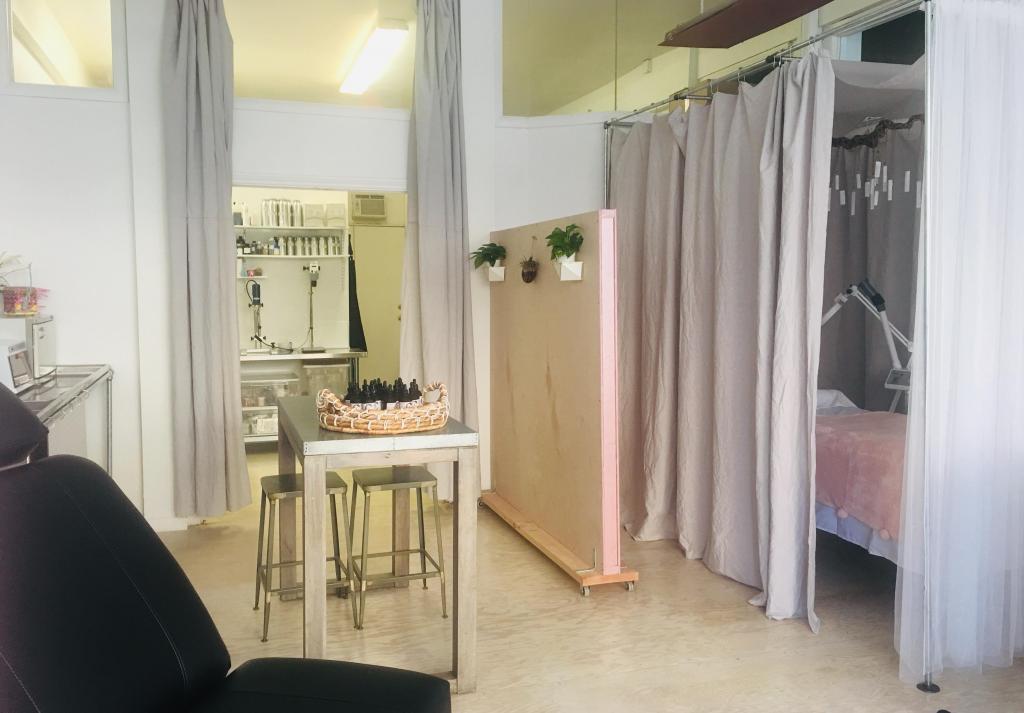
She describes Code of Harmony Skin Lab’s design as simple and raw. It contains two treatment beds. A bed for extensive services is cordoned off by drapes for privacy and has hanging selenite above it, and the second bed is less private and intended for quick services. There’s an industrial sink near a metal and wood table that’s the DIY hub of the location. If customers are interested in learning how to make a scrub, for example, Schriever can assemble the ingredients there and demonstrate the process. Code of Harmony’s lab sits at the back of the space, and a retail section sits at the front.
The seventh biggest city in California, Long Beach is situated in Los Angeles County and home to the nation’s largest port complex. Schriever recently returned to residing in Long Beach, which she had lived in for nine years prior, following a year-and-a-half stint in Pasadena. She ran across the space she’s turned into Code of Harmony Skin Lab as she was hunting for a place to live. Schriever isn’t quite sure yet about the nature of the customers who will patronize the location.
“I don’t want to be known as just a hemp company. It’s about all of the ingredients that I use. It’s not just about one, although it gets a lot of attention.”
“Long Beach is super diverse, and there’s so much new housing and retail here, it’s kind of crazy. There’s a clientele that has excess money to spend, and there are people that don’t,” says Schriever. “I’m not charging any more for a CBD facial than someone using Dermalogica or other brands. My pricing is pretty standard for California.”
That Code of Harmony Skin Lab was a fortuitous consequence of Schriever’s personal move is reflective of the brand’s trajectory. A doll designer by trade, Schriever’s induction into skincare resulted from a personal search for solutions to her rosacea. She experimented with her own, and ended up figuring out multifaceted formulas combining hemp-derived CBD with ingredients such as resveratrol, squalene, vitamin E, coQ10, alpha lipoic and ferulic acids, sea buckthorn, algae, green tea and black cumin seed did the trick. Code of Harmony’s current bestselling products are the $38 Oil Cleanser + War Paint Remover, $49 Virgin Skin Serum and $48 Glo-Berry Glistening Skin Oil Serum.
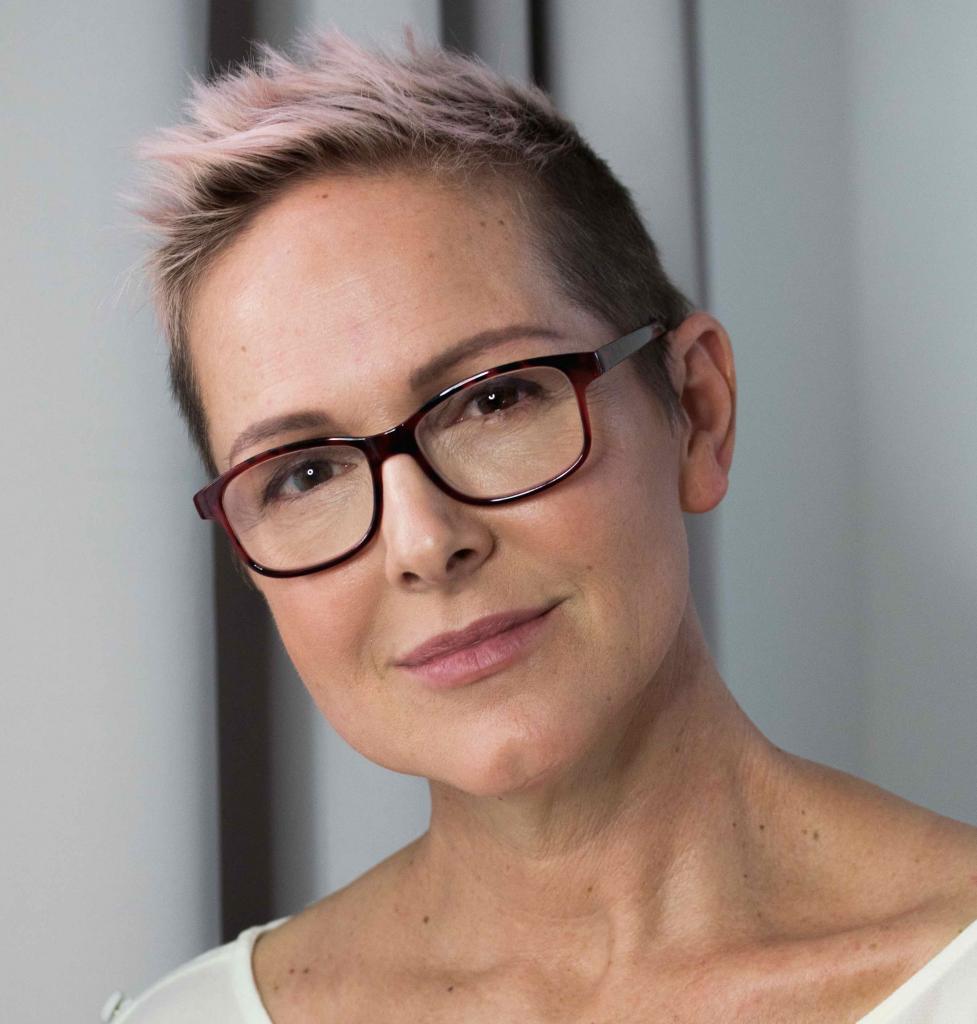
Schriever says an ambitious goal for Code of Harmony Skin Lab is to reach $250,000 in first-year revenues, a number that’s also a target for Code of Harmony’s product sales over the next year. As CBD products with a range of quality and from a range of sources flood the beauty industry, Schriever is hopeful the location will help bring credibility to Code of Harmony, and that she can harness it to communicate fully about the brand.
“I don’t want to be known as just a hemp company,” says Schriever. “It’s about all of the ingredients that I use. It’s not just about one, although it gets a lot of attention.”

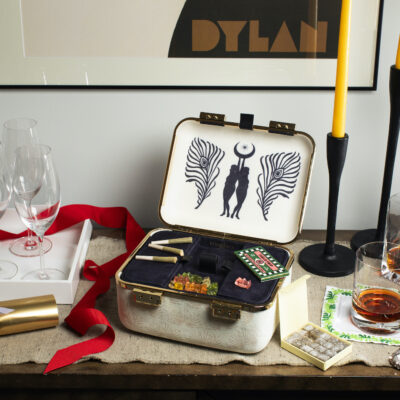
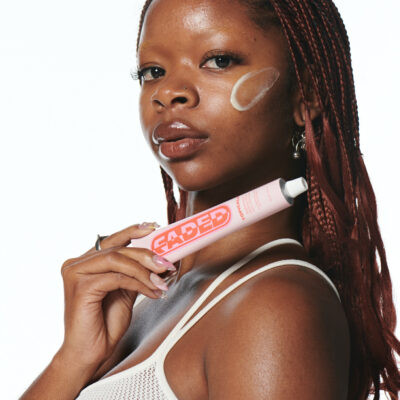
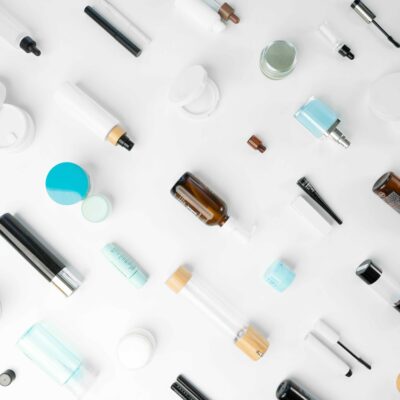
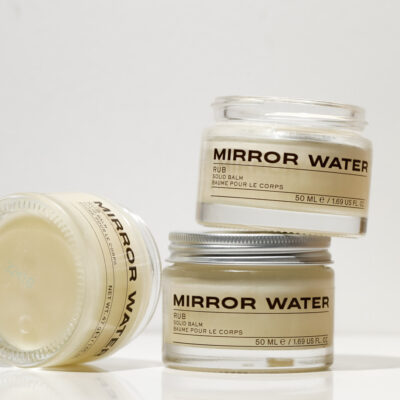
Leave a Reply
You must be logged in to post a comment.